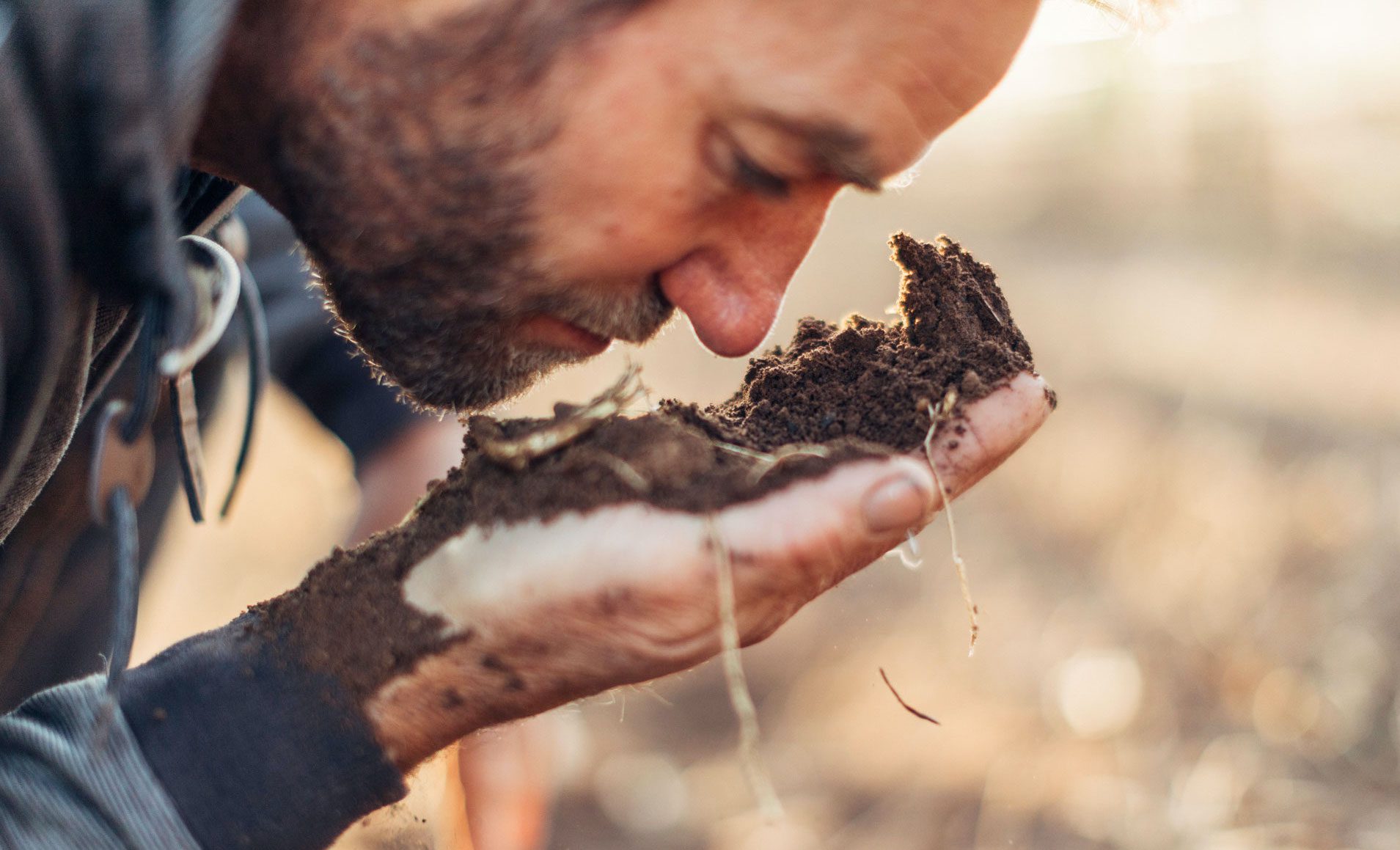
The 2021 Vineyard of the Year Awards Top 50 has been revealed.
The awards were created in 2020 to place vineyards across the nation at the heart of the Australian wine story, and the heart of the Australian wine community.
With more than 6,000 grapegrowers, picking the top vineyards in Australia is no easy task.
Inundated with entries, the judges narrowed the field to the 50 that best exemplified the values of sustainability, innovation and growing great wine.
“There’s so much great work being done in vineyards across the country,” says awards panellist Max Allen, “and wine drinkers still don’t hear about it often enough – but we’re trying to change that!”
To judge the awards, a group of leading experts on viticulture were enlisted to personally review all the applicants.
Dr Catherine Kidman, Mark Walpole, Dr Mary Retallack and Lee Haselgrove joined Max Allen in arriving at the Top 50.
“In the vineyard is where the magic happens!” says Mary Retallack.
“This is our opportunity to celebrate the innovative and regenerative approaches being taken to produce exceptional grape quality, which is reflected in stunning wines while nurturing the soil, vines and landscapes with an ecological focus.
“The wine community relies on the commitment and inspiration that starts in the vineyard.
“We have a lot to be thankful for and celebrate!”
Over the next two months, younggunofwine.com will release a profile of each of these vineyards, and the viticulturists/growers behind them.
“It is possible to grow amazing quality fruit while nurturing the land, and they are mutually compatible processes,” says Retallack.
“Consumers are increasingly interested to learn about ways we are demonstrating environmental stewardship.
“We are well placed to share these insights and stories with our customers – the proof is in the bottle.
“The VOTY finalists are leading the way and the future of wine growing is truly exciting!”
Lee Haselgrove was last year’s Vineyard of the Year trophy winner with Swinney Vineyard.
He joined the panel this year. “Seeing such a combination of practices being undertaken in the pursuit of producing complex and engaging wines – via diversity in clones, soils, sites, planting densities, etc. – through the energy and efforts of the top growers was truly inspiring,” he says.
“Organic farming is no longer niche and some of the new vineyards are absolutely inspiring.”
Max Allen says, “The panel were struck again this year by the detailed focus and commitment of so many growers across Australia – whether it’s focusing on capturing subtle terroir differences across a larger block of vines or responding to the challenges of climate change; whether it’s establishing a visionary new vineyard or maintaining the health and viability of century-old vines; whether it’s applying the latest technology or re-introducing ancient grape-farming methods, there are many inspirational stories out there.”
Beside celebrating the achievements of 2021’s Top 50, there are four trophies to be awarded, with the winners announced in February.
South Australia
Adelina, Clare Valley (Col McBryde & Michael Maloney)
Alkina, Barossa Valley (Johnny Schuster & Amelia Nolan)
Coriole, McLaren Vale (Mark Bates)
Eden Hall, Eden Valley (Dan Falkenberg)
Gemtree, McLaren Vale (Melissa Brown)
Grindstone, Wrattonbully (Susie Harris)
Grosset – Watervale, Clare Valley (Matthew O’Rourke)
Hayes Family – Stone Well, Barossa Valley (Brett Hayes)
Henschke – Hill of Grace, Eden Valley (Prue Henschke)
Inkwell, McLaren Vale (Dudley Brown & Irina Santiago-Brown)
Kalleske, Barossa Valley (Kym Kalleske)
Lacey Vineyards – Branson Road, McLaren Vale (Ben Lacey)
Markaranka, Riverland (Brendan Turner)
Mérite, Wrattonbully (Mike Kloak)
Ngeringa – Summit, Adelaide Hills (Erinn Klein)
Oliver’s Taranga, McLaren Vale (Don Oliver)
Orbis, McLaren Vale (Andrew Mackenzie & Richard Leask)
Smallfry – Vine Vale, Barossa Valley (Wayne Ahrens & Suzi Hilder)
Starrs Reach, Riverland (Sheridan Alm)
Yangarra Estate, McLaren Vale (Michael Lane)
Victoria
Cobaw Ridge, Macedon Ranges (Alan Cooper)
Lake Moodemere, Rutherglen (Joel Chambers)
Lethbridge, Geelong (Ray Nadeson)
Place of Changing Winds, Macedon Ranges (Remi Jacquemain & Robert Walters)
Quealy – Winery Vineyard, Mornington Peninsula (Lucas Blanck)
Seppelt – Drumborg, Henty (Larry Sadler)
Solitude Estate, Yarra Valley (Greg Kerr)
Tellurian, Heathcote (Tobias Ansted)
Ten Minutes by Tractor – Spedding, Mornington Peninsula (Ryan Chabin & Imogen Dillon)
Thousand Candles, Yarra Valley (Stuart Proud)
Weathercraft – Jones Ridge, Beechworth (Raquel Jones)
New South Wales/ACT
Brokenwood – Graveyard Vineyard, Hunter Valley (Katrina Barry)
Margan – Ceres Hill, Broke Fordwich, Hunter Valley (Andrew Margan)
Mount Majura Vineyard, Canberra District (Leo Quirk)
See Saw – Annangrove Park, Orange (Brendan Jarrett)
Tamburlaine – Borenore, Orange (Mark Pengilly & Clayton Kiely)
Topper’s Mountain, New England Australia (Mark Kirkby)
Keith Tulloch – Field of Mars, Hunter Valley (Brent Hutton)
Vinden – Somerset, Pokolbin, Hunter Valley (Angus Vinden)
Tasmania
Devil’s Corner, East Coast (Daniel Watson)
Ghost Rock, Cradle Coast (Izaak Perkins)
Marion’s Vineyard, Tamar Valley (Cynthea Semmens)
Mewstone, D’Entrecasteaux Channel (Luke Andree)
Pooley – Cooinda Vale, Coal River Valley (Hannah Mckay)
Small Wonder, Tamar Valley (Ryan Collins)
Stefano Lubiana, Derwent Valley (Steve Lubiana)
Western Australia
Deep Woods Estate, Margaret River (John Fogarty)
McHenry Hohnen – Hazel’s Vineyard, Margaret River (Simon Keall)
Vasse Felix – Tom’s Vineyard, Margaret River (Bart Molony)
Voyager Estate, Margaret River (Steve James)
Some of the themes from the Top 50
There are finalists from all over the country
We have finalist from right across the country, both from iconic old regions, like the Hunter and Barossa Valleys, to those marquee regions that are a little newer on the scene, like Margaret River and Beechworth. But we’ve also got finalists from those regions less known, like New England, and ones that are yet to be officially declared, such as those of Tasmania, as well as growers defying the bulk wine reputation of places like the Riverland to grow exemplary premium-quality grapes.
Growers are learning about their soil in intricate detail
There are growers learning about their soils at an almost microscopic level. One finalist has sunk over 160 soil pits to map changes in geology across their site, uncovering the reasons for significant changes in fruit and wine flavours across those nuances. There are those taking detailed learnings about their patch to plant varieties most suited, and that’s not just about climate and soil, but they’re drilling down on localised wind conditions.
We have custodians of history
Amongst the finalists, there are custodians of historic sites, some with vines over 160 years old, but there are also custodians of old winegrowing traditions, lessons learnt over many generations – seven, in one instance –about caring for the earth that are being combined with a regenerative approach to make their properties ever better, year on year.
Growers are working with nature
Growers are managing pest populations naturally by installing raptor perches and bat boxes, encouraging beneficial predators. They are also introducing dung beetles to the soil to increase nutrient cycling and open the soil structure, improving aeration and water-holding capacity.
There are finalists closing the loop
We have so many finalists that are working to keep all operations onsite. They are processing their own wastewater, making all their own compost and mulch, going off-grid, and even feeding renewable energy back into the system. There are growers reducing their water use and sequestering more carbon than they produce.
There are growers working with diverse varieties
The Top 50 has pioneers of alternative varieties in this country, working with the climate rather than against it to find the most suitable vines. Those grapes are ones that tolerate heat or are resistant to disease, grapes that better make wine that is naturally balanced without having to tinker in the winery.
Growers are focusing on community and culture
Sustainability isn’t just about the immediate physical environment. We have growers that are connecting with the traditional owners of their lands and learning through a First Nations lens, as well as taking visitors on cultural tours led by senior custodians. We have growers that actively share findings and information with their community to grow together, and we have those that involve their staff in land-care projects in public areas.
Technology is being used to care for the land better
Growers are introducing electric vehicles to reduce diesel use, and they are managing biosecurity risks through digitally monitored boundaries. They are using digital mapping of their sites to establish areas of the vineyards that may require more or less water, targeted compost and mulch applications or tailored vine management.





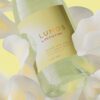

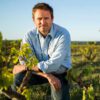


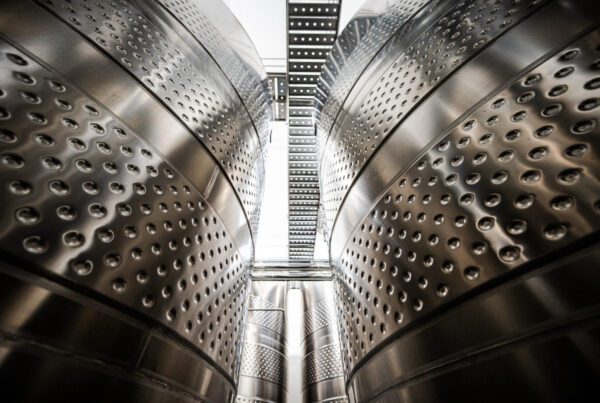
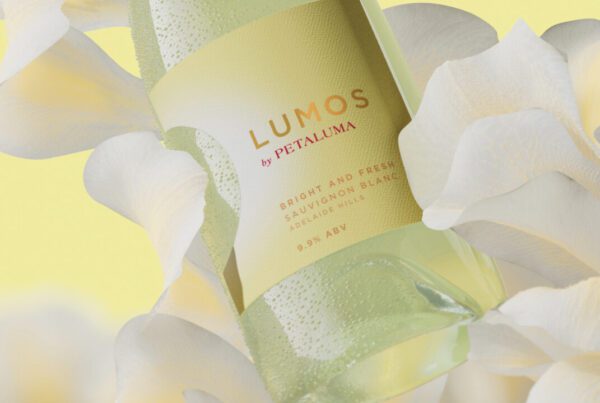
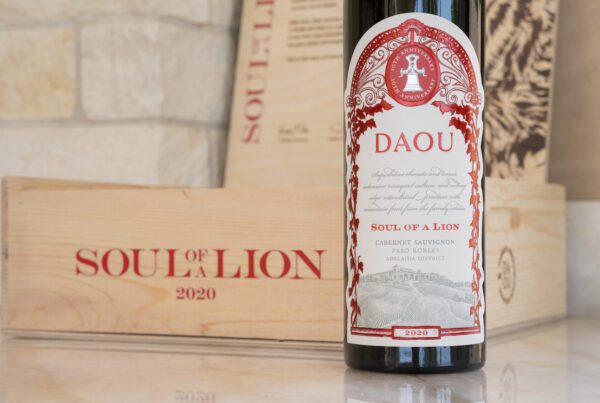
Recent Comments